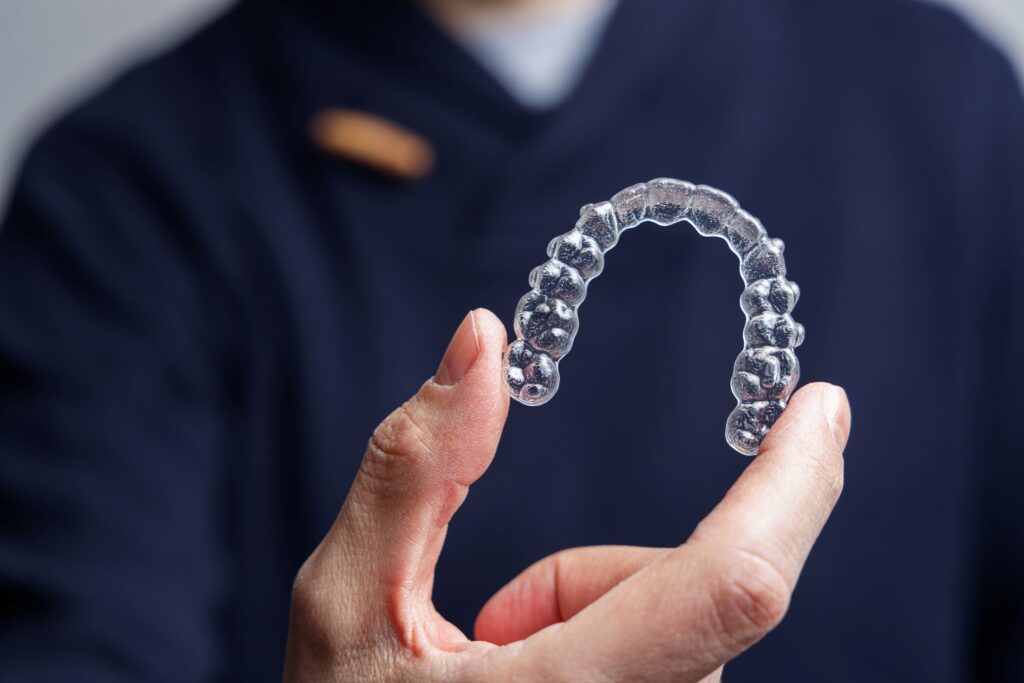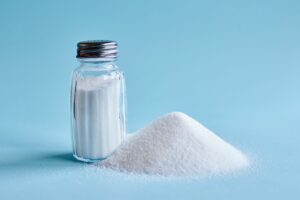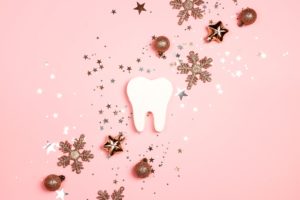
There’s no shame in dieting. It’s admirable to want to eat healthier and improve your physical wellness through smarter meal choices. However, not every nutritional fad is all that it’s cracked up to be. Overly restrictive diets can actually be dangerous, and your oral health isn’t excluded from the risks. It’s important to do your research and be well-informed about nutrition – conveniently, you can learn a thing or two by reading this short post!
(more…)








